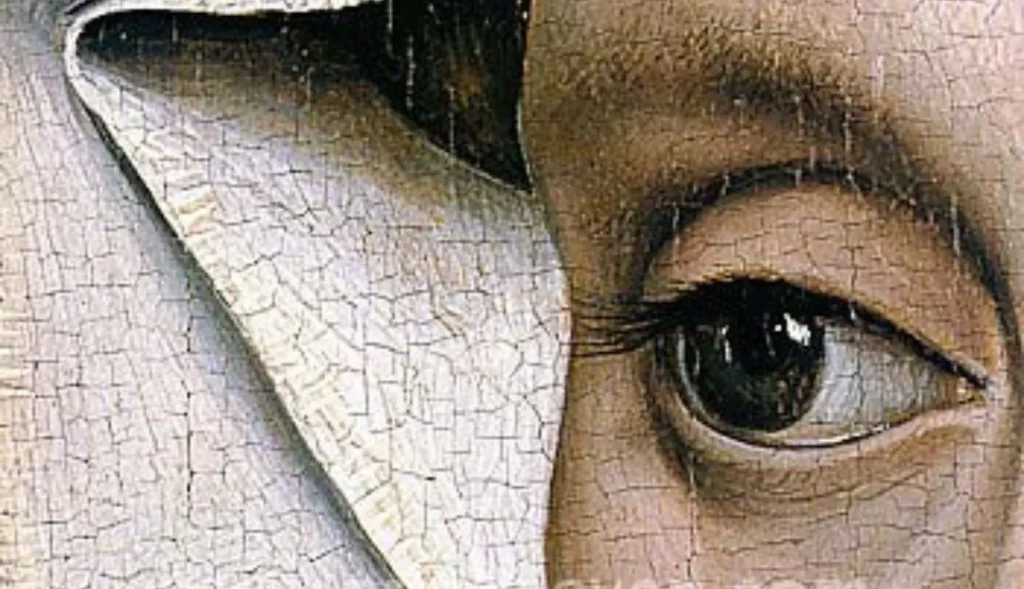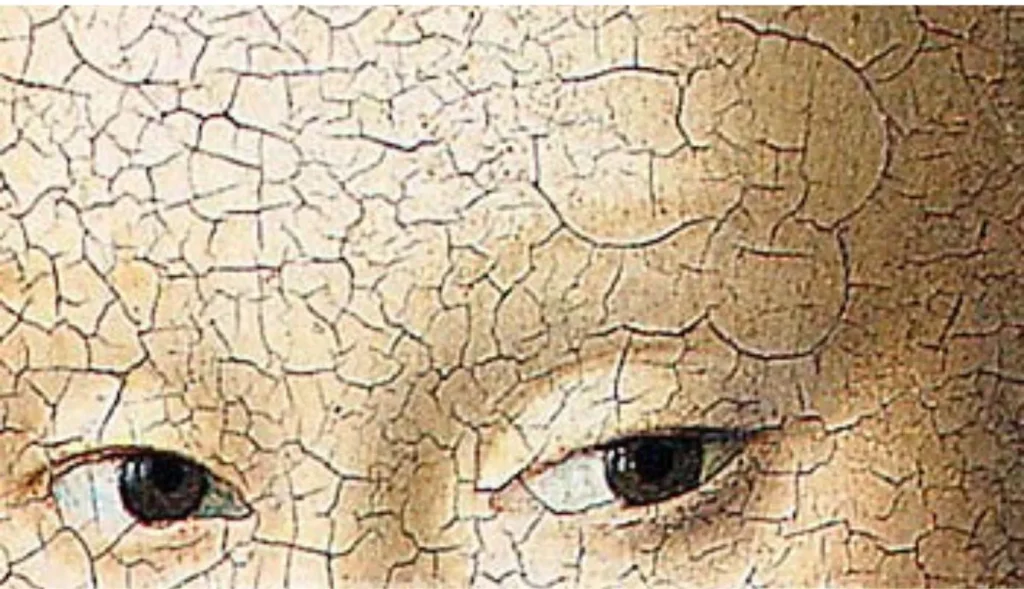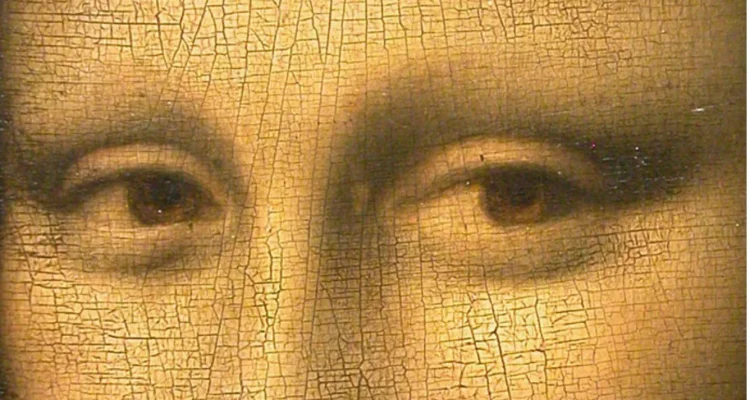Introduction
Ever wondered why paintings sometimes develop those unsightly cracks? You’re not alone. Whether it’s a cherished family heirloom or a piece of modern art, cracked paintings can be quite the mystery. In this article, we’ll dive into the reasons behind why paintings crack and how you can prevent or address these issues.

Understanding Painting Cracks
What Are Cracks in Paintings?
Cracks in paintings refer to the visible splits or fissures that appear on the surface of a painting. These cracks can range from fine lines to deep splits, and they can affect both the aesthetic and structural integrity of the artwork.
Types of Painting Cracks
There are several types of cracks you might encounter:
- Craquelure: Fine, network-like cracks that often develop as paint dries and contracts.
- Alligatoring: Larger, more irregular cracks resembling the pattern of alligator skin, usually caused by over-thick layers of paint or inadequate drying time.
- Cupping: Cracks where the paint is lifting or forming cups, often due to poor adhesion to the underlying surface.
Causes of Cracking in Paintings
Environmental Factors
- Temperature Fluctuations: Paintings exposed to sudden changes in temperature can experience thermal stress, leading to cracks. For example, moving a painting from a cold, dry room to a warm, humid space can cause the paint layers to expand or contract unevenly.
- Humidity Levels: High humidity can cause canvas to swell and contract, which puts stress on the paint layer. Conversely, very dry conditions can make the paint brittle, increasing the likelihood of cracking.
Material Factors
- Quality of Paint: The type of paint used plays a significant role in its durability. Oil paints, for instance, tend to crack more than acrylic paints due to their slower drying times and the nature of their chemical composition.
- Type of Canvas or Surface: The surface on which a painting is created can also influence cracking. Poor-quality canvas or surfaces that are not properly prepared can lead to issues with adhesion and longevity.
Application Techniques
- Layer Thickness: Applying paint in too thick a layer can result in cracks as the outer layers dry faster than the inner layers, causing tension and separation.
- Drying Time: Inadequate drying time between layers can cause the paint to crack. Each layer needs to fully dry before another is applied to avoid trapping moisture or creating uneven stress.
Preventive Measures
Proper Storage Conditions
To prevent cracking, store your paintings in a stable environment where temperature and humidity are controlled. Avoid placing them near heating vents, direct sunlight, or in overly damp areas.
Choosing the Right Materials
Invest in high-quality paints and canvases. Premium materials often have better adhesion properties and are less likely to crack over time.
Correct Application Techniques
Follow best practices for painting techniques, such as allowing each layer to dry completely and avoiding excessive paint thickness. Proper priming and preparation of the canvas or surface are also crucial.
Repairing Cracked Paintings
Assessing the Damage
- Surface vs. Structural Cracks: Determine if the cracks are only on the surface or if they affect the underlying structure. Surface cracks might be addressed with simple touch-ups, while structural issues may require more extensive restoration.
DIY Repair Techniques
- Using Conservation Materials: For minor cracks, conservation-grade materials like flexible fillers or varnishes can be used to seal and protect the surface.
- Applying Varnishes and Sealants: These can help protect the painting from further damage and enhance its appearance.
Professional Restoration
- When to Seek Expert Help: If the damage is extensive or the painting is of significant value, consulting a professional conservator is advisable. They have the expertise and tools to perform intricate repairs and ensure the longevity of the artwork.
Maintaining the Integrity of Paintings
Regular Inspections
Periodically check your paintings for signs of damage or deterioration. Early detection can help prevent minor issues from becoming major problems.
Environmental Controls
Maintain a stable environment for your paintings. Invest in climate control systems if necessary to keep temperature and humidity levels consistent.
FAQs
Why do some paintings crack while others don’t?
Different factors like paint quality, environmental conditions, and application techniques can influence whether a painting cracks.
Can cracked paintings be fully restored?
While some damage can be repaired, the extent of restoration depends on the severity of the cracks and the expertise of the conservator.
How can I tell if a crack is serious?
Surface cracks may be less severe, while deeper, more extensive cracks can affect the integrity of the painting and may require professional assessment.
What are the best environmental conditions for storing paintings?
Store paintings in a stable, climate-controlled environment with moderate temperature and humidity levels to minimize the risk of cracking.
Are there any preventative measures for newly created paintings?
Yes, use high-quality materials, follow proper application techniques, and store the painting in a controlled environment to prevent cracking.

Conclusion
Cracking in paintings is a common issue, but understanding its causes and implementing preventive measures can help preserve the beauty and value of your artwork. Whether you’re a collector or a creator, taking proper care of your paintings ensures they remain in excellent condition for years to come.


Congratulation!